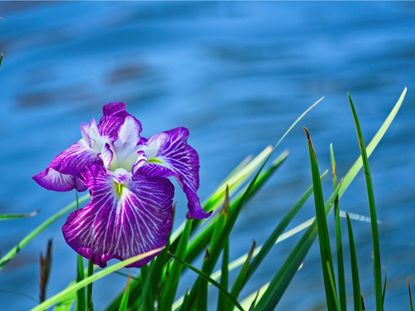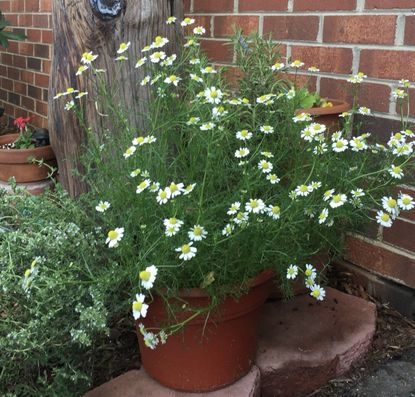
Mary H. Dyer
A Credentialed Garden Writer, Mary H. Dyer was with Gardening Know How in the very beginning, publishing articles as early as 2007.
Latest articles by Mary H. Dyer
-
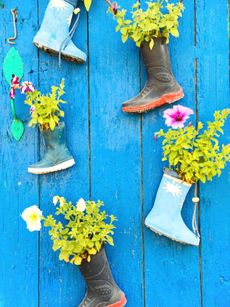
Ideas For The Garden – DIY Projects For Beginner Gardeners
Many DIY garden ideas are perfect for newbies. Simply click here for easy DIY projects for beginner gardeners.
By Mary H. Dyer
-

What Herbs Can Be Planted Together? Best Combinations To Try
We all know the benefits of vegetable companion planting, but what about growing herbs as companion plants? Click here to learn more.
By Mary H. Dyer
-
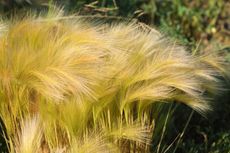
What Is Stipa Grass: Learn About Mexican Feather Grass Care
Native to Mexico and the southwestern United States, stipa grass is a type of bunch grass that displays feathery fountains of silvery-green, fine-textured grass throughout spring and summer, fading to an attractive buff color in the winter. Learn more about it here.
By Mary H. Dyer
-

Common Houseplants That Purify Air
Can houseplants improve the air in your home? Click here to learn about the air purifying quality of plants.
By Mary H. Dyer
-
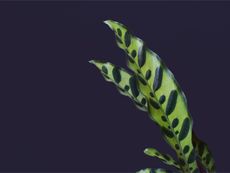
Rattlesnake Plant Care: How To Grow Rattlesnake Houseplants
The rattlesnake plant is a decorative perennial with strappy, spotted leaves and deep purple undersides. Click to learn more.
By Mary H. Dyer
-
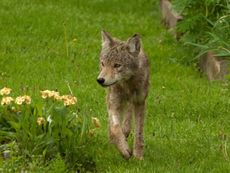
Are Coyotes Dangerous – What To Do About Coyotes In The Garden
Coyotes tend to avoid humans, but with shrinking habitats, encounters in the garden are rising. Click to learn more.
By Mary H. Dyer
-
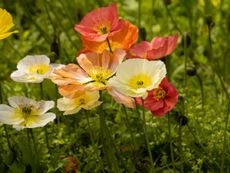
Learn About Cold Weather Plants For Zones 2-3
USDA zones 2 and 3 are some of the coldest climates out there, but gardening is possible. Click here for plants that thrive in the cold.
By Mary H. Dyer
-
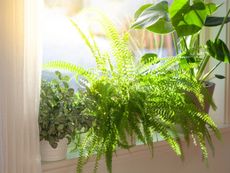
Fertilizing Indoor Ferns – How To Feed Your Indoor Potted Ferns
Should you feed your indoor ferns? How much fertilizer do they need? Click here to learn all about fertilizing fern houseplants.
By Mary H. Dyer
-
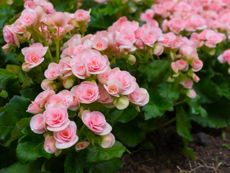
Tuberous Begonia Care - How To Grow Tuberous Begonias
If you can't decide what to plant in that protected, semi-shady corner, you can't go wrong with tuberous begonia. Click here for more.
By Mary H. Dyer
-
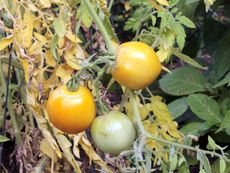
Why Are My Tomato Leaves Turning Yellow?
There are several possible reasons for yellow leaves on tomato plants. Click here to learn more.
By Mary H. Dyer
-
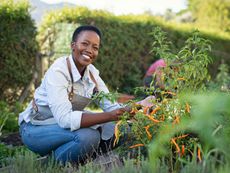
How To Start Your Own Victory Garden
Victory gardens today are still important in countless ways. Click to learn about victory garden design and what to plant.
By Mary H. Dyer
-
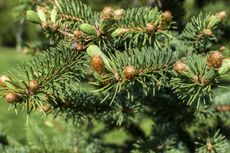
White Fir Facts: What Is A Concolor Fir Tree
Concolor white fir is a stately evergreen tree with a symmetrical shape, long, soft needles and an attractive, silvery blue-green color. Concolor white fir is often planted as a striking focal point and is especially appreciated for its winter color. Learn more about it in this article.
By Mary H. Dyer
-
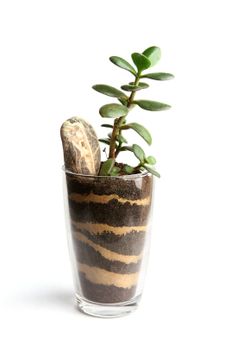
What Is Horticultural Sand: How To Use Sand For Plants
Horticultural sand for plants serves one basic purpose, it improves soil drainage. This is critical for healthy plant growth. For information about and to learn when to use horticultural sand, click on the following article.
By Mary H. Dyer
-
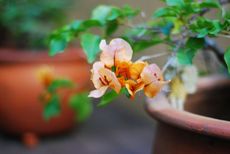
Potted Bougainvillea Plants: Tips For Growing Bougainvillea In Containers
Bougainvillea is a hardy tropical vine that grows in areas where winter temperatures remain warm. If you don't have growing space or live in a suitable climate, you can plant bougainvillea in a pot. This article will help.
By Mary H. Dyer
-
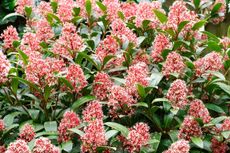
Skimmia Plant Care: How To Grow Japanese Skimmia Shrubs
Japanese Skimmia is a shade-loving evergreen shrub that adds color to the garden nearly all year round. Skimmia is at its best in semi-shady, woodland gardens. Read this article to learn more about this interesting plant.
By Mary H. Dyer
-
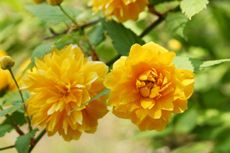
Kerria Japanese Rose: Tips On Growing A Japanese Kerria
In spite of its graceful appearance, Kerria Japanese rose is as tough as nails, growing in USDA plant hardiness zones 4 through 9 and is rarely bothered by pests, even tends to be deer resistant. Click here for tips on growing a Japanese Kerria in your own garden.
By Mary H. Dyer
-
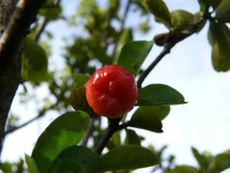
Barbados Cherry Information – What Are Barbados Cherries
Barbados cherry is native to the West Indies. It is suitable for growing in USDA plant hardiness zones 9b through 11. Click this article for more Barbados cherry information, and learn how to grow Barbados cherry in your garden.
By Mary H. Dyer
-
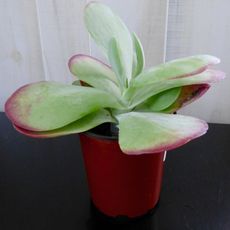
Paddle Plant Propagation – How To Grow A Flapjack Paddle Plant
Also known as flapjack paddle plant, this kalanchoe plant is a succulent with thick, paddle-shaped leaves that frequently take on a reddish or deep pink tint during the winter.
By Mary H. Dyer
